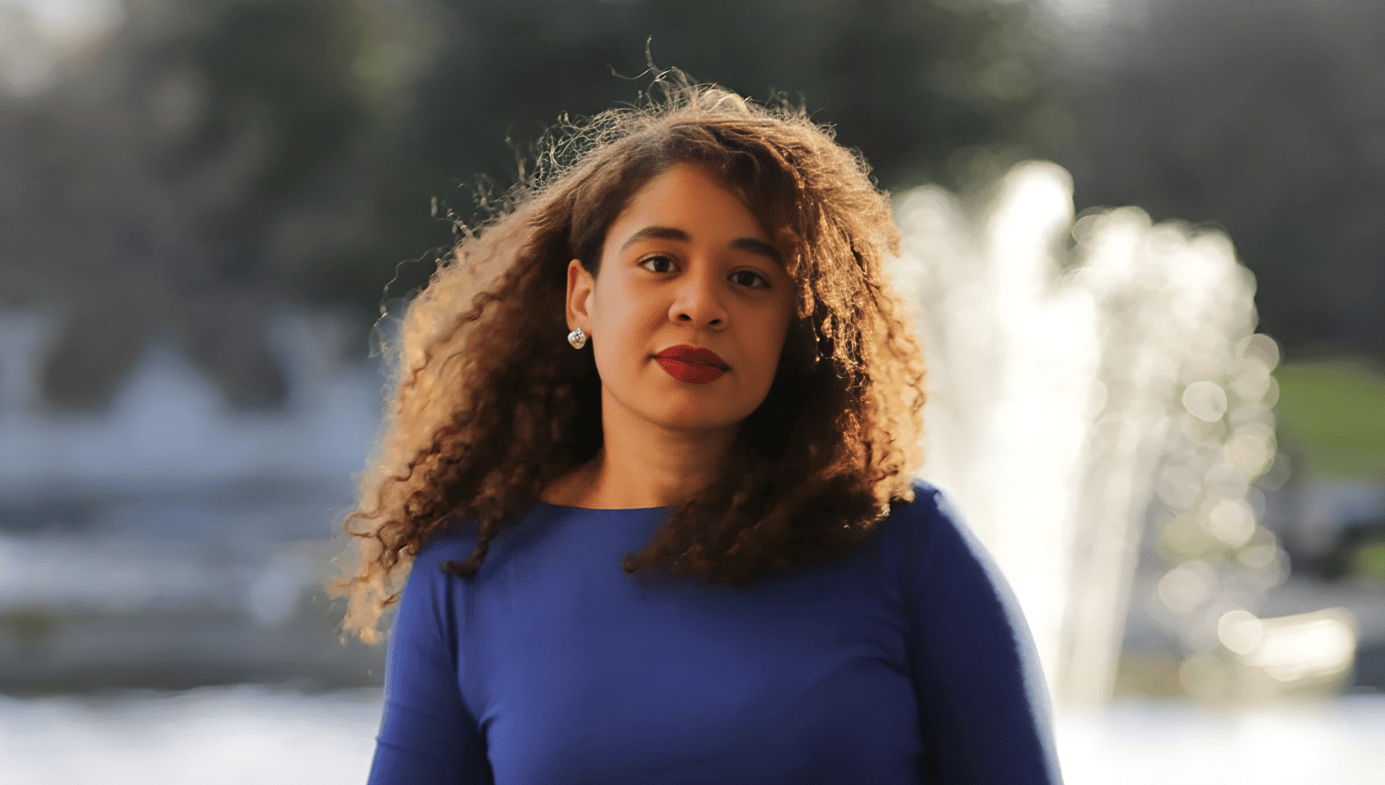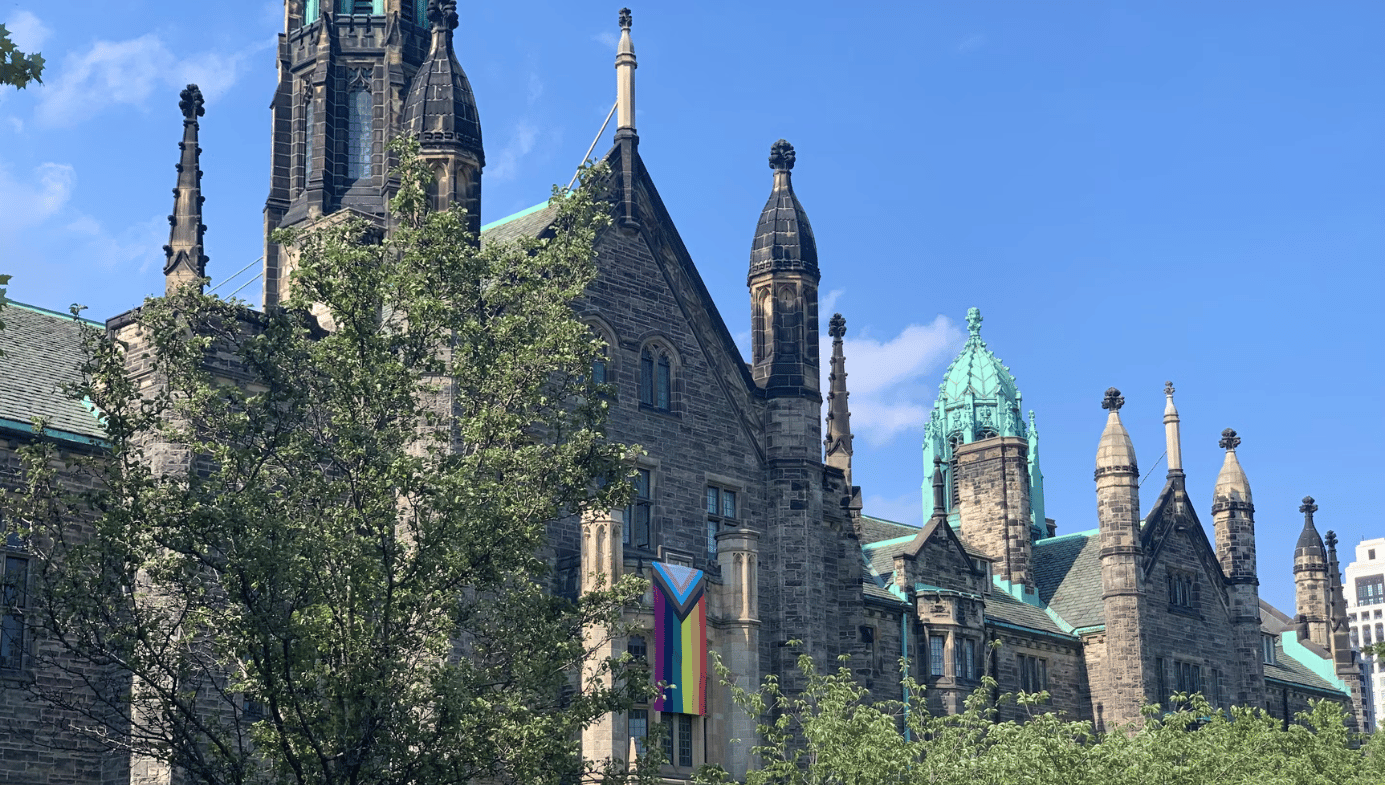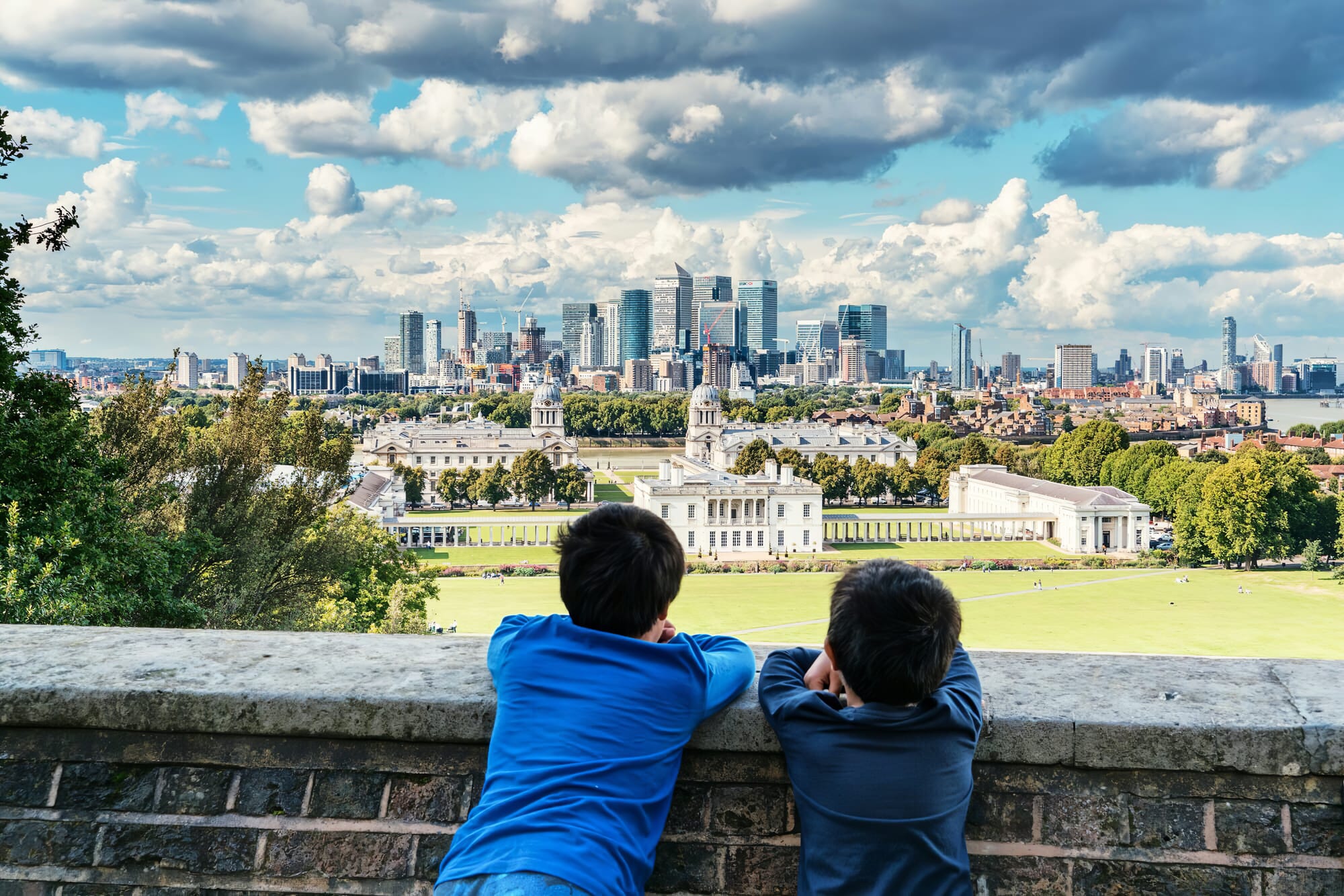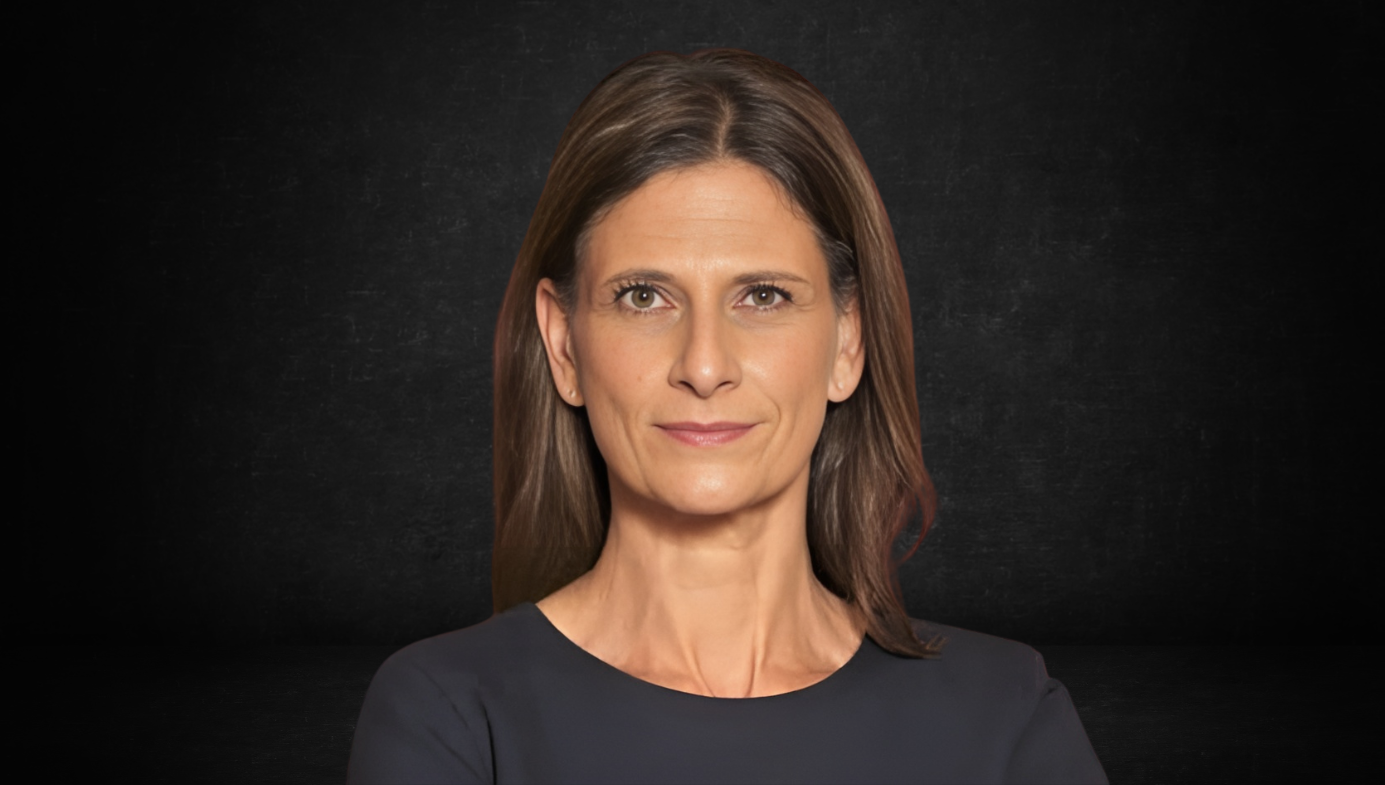Child Welfare and the Cash Panacea
Poverty is not the cause of abuse and neglect.
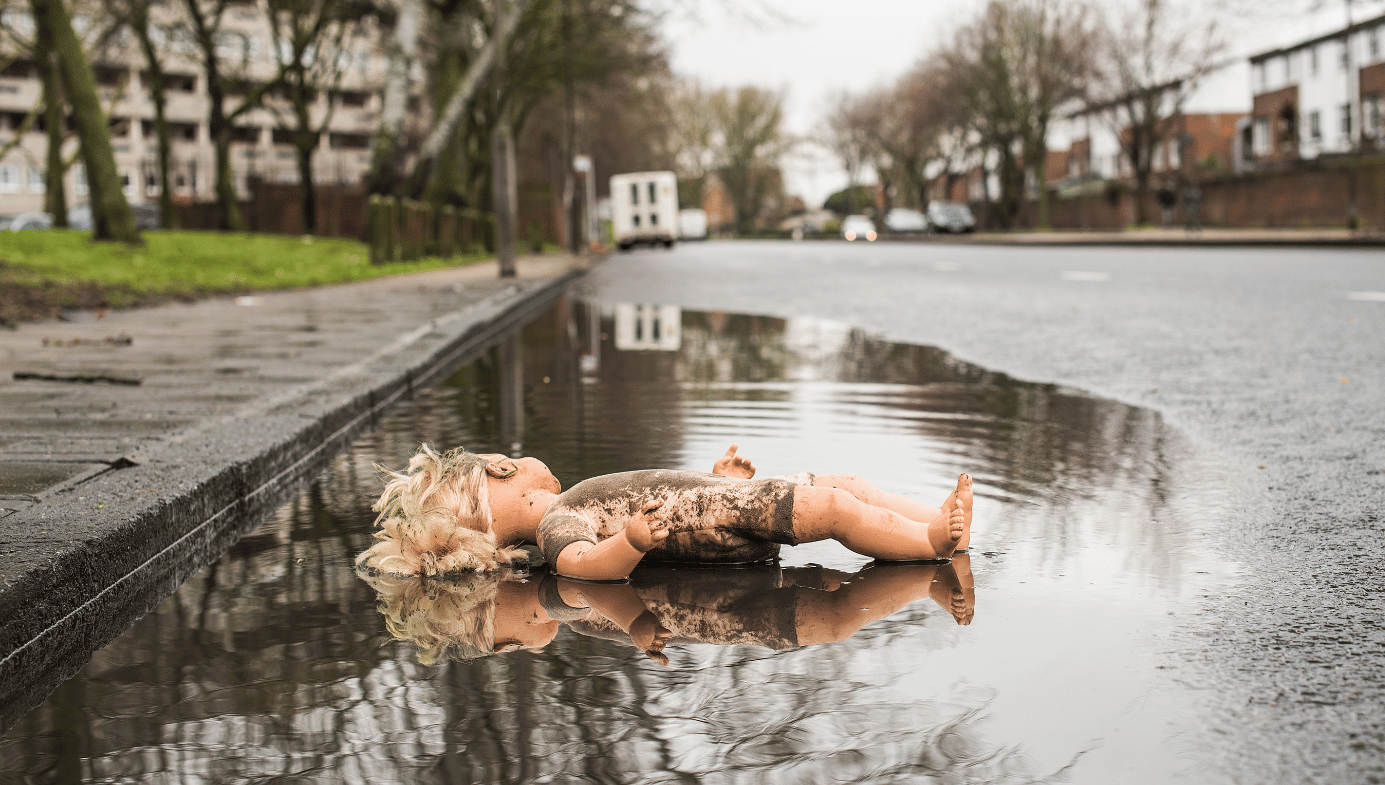
Can money fix America’s child welfare system? Usually when observers ask this question they are thinking about whether we should pay social workers more or invest more in training for those on the front lines. But a number of advocates these days argue that if we give more money to families currently involved in the child welfare system, we won’t need to investigate so many reports of maltreatment and we won’t need to put so many kids into foster care.
Take the recent report on reparations from California. Much has been made of the plan to pay $5 million to every eligible African-American person in the state. But the report also recommends a universal basic income for all black families to make up for racial disparities in the child welfare system. The logic is missing a step or two: Because “the child welfare system in San Francisco continues to separate families and … the percentage of Black children in foster care in 2018 was more than 25 times the rate of white children,” the authors suggest, it is important to “supplement African American income of lower income households to reflect the Area Median Income (AMI) annually for at least 250 years.” They explain that “by elevating income to match AMI, Black people can better afford housing and achieve a better quality of life.”
Large numbers of activists now believe that we either don’t need child protective services because children are almost never mistreated or because the mistreatment that does occur only happens because families are poor. As Dorothy Roberts, a law professor at the University of Pennsylvania, wrote in her book Torn Apart, last year: “If we cared about the welfare of children, we would dismantle the foster-industrial complex and send all the cash it sucks up directly to the family members who care for them.”
Advocates in New York have also taken up this idea in a document published in December called “Narrowing the Front Door to NYC’s Child Welfare System.” In it, a group of over 400 “community activists; lawyers for children and parents; academics; state and local government employees; and leaders in philanthropic and non-profit organizations” argue that the city needs to “provide direct, unrestricted financial support and concrete assistance to ensure that all families can meet basic needs.” (Jess Dannhauser, the current head of New York City’s Administration for Children and Families, was one of the group’s founding members.)
The authors explain that the child protection system (CPS), which they refer to throughout the report as the “family policing system,” is “designed fundamentally to target families living in poverty under the rubric of ‘neglect.’” What is the evidence for this? It’s not in the law. New York State says that parents are guilty of neglect only where they do not adequately provide for their children “though financially able to do so or offered other reasonable means to do so.” But these advocates say that the families investigated “rarely have the means” to satisfy CPS.
You can dispute the size of the safety net in this country, but there are plenty of government and private programs to ensure that children have access to housing, food, warm clothing, and healthcare. And New York, as the thousands of migrant families who have come here in recent months will attest, is particularly generous in terms of its public benefits and private philanthropy.
Nevertheless, the authors claim that CPS is simply “criminalizing poverty,” which “causes short- and long-term trauma and disadvantage to families … [and] exacerbates the underlying socio-economic challenges faced by the very children the system claims to protect.” This narrative offered by activists has been adopted by the media as well.
In her 2021 book, Invisible Child, the New York Times reporter Andrea Elliott tells the story of Dasani Coates. The book is ostensibly about how poverty pushed Dasani and her siblings into the foster care system. But at one point Dasani’s mother inherits $40,000 and within a few months the family is back in a homeless shelter. Money is not the root of the family’s problems. Substance abuse, domestic violence, and mental illness are. But because the family is in a homeless shelter, Elliott focuses on the family’s inability to afford stable housing as the source of its dysfunction.
The problem with the view that our child welfare system is simply punishing parents for being poor is that while poverty is often a symptom of neglect—parents with mental health or substance abuse problems often fail to hold down a job or access available government assistance to provide for their children—poverty and neglect are not the same thing.
Take for example the tragic case of Monica Cannady and two of her children, Malik Milton, three, and Kyle Milton, nine, who were found dead in a field earlier this month after wandering the streets of Pontiac, Michigan, for three days. The local sheriff’s office acknowledged receiving calls from people who witnessed the children outside without proper winter clothing, but the mother instructed the kids to run whenever the authorities were near.
A member of the “Narrowing the Front Door” group might have concluded that such calls were just another means of “regulating” or “policing” families. Why are they harassing this black woman just because her children are underdressed? Aren’t there any white people in the suburbs whose kids are underdressed? As Tricia Stevens, assistant professor of social work at Hunter College, explains in the report, “Black parents are more than capable of raising their children without family policing, regulation, and surveillance.”
Of course, it turns out that Cannady was having a severe mental health crisis. She believed that someone was trying to track her with a microchip in her phone. As the sheriff explained, the death was ruled accidental. But he added, “I would put accidental-slash-preventable.”
No kidding. But these kinds of deaths will not be prevented if those who want to “abolish” our “family policing system” have their way. Last year, for instance, a New York City mother drowned her three children at Coney Island. She had recently been served with an eviction notice. But the problem was not that she needed money for rent. The problem was that she had severe mental health problems; the father of one of her children reported that she was not feeding their son while she was in a homeless shelter and was making him relieve himself in a bowl. There is no reason for a child living in a homeless shelter to not have enough food unless a parent refuses to ask for help.
Advocates for replacing the child welfare system with a system of financial aid like a universal basic income—or, as the report suggests, healthcare, debt relief, educational assistance, market-rate rent assistance, and the elimination of work requirements for childcare vouchers—often point to the frequency of “neglect” investigations as evidence that children are not really in danger. They seem to believe that only physical abuse puts kids in danger. And even that is often the result of stress which itself is the result of a lack of material resources.
This idea is awfully insulting to the millions of parents in this country who live below the poverty line and yet manage to neither abuse nor neglect their children. While a disproportionate number of people caught up in the child welfare system are poor, there is no evidence that poverty is the cause of their actions or the resulting investigations.
What is neglect, really? A recent study of almost 300 case files in California, for instance, found that “nearly all investigations of physical neglect (99 percent) included concerns related to substance use, domestic violence, mental illness, co-reported abuse or an additional neglect allegation (i.e., abandonment).” Neglect is not harmless—indeed, it is responsible for many more child maltreatment fatalities than abuse.
But activists around the country are so intent on reducing racial disparities in child welfare (which, by the way, match racial disparities in maltreatment and maltreatment fatalities) that they are ready to dismantle the entire system and just replace it with cash for families. They even advise private organizations to “stop giving money for court improvement projects” because those projects presumably help to process the investigations into maltreatment and foster care placements. Instead, they think that those funds should go to “programs that provide families with unrestricted funding.”
The report ends with reassurances that the “redistribution of funds away from investigations … would not make children less safe.” Indeed, they argue that the neglect cases the department is investigating are “trivial” and a waste of resources. Unfortunately, such policies will only leave children like Kyle and Malik out in the cold.

